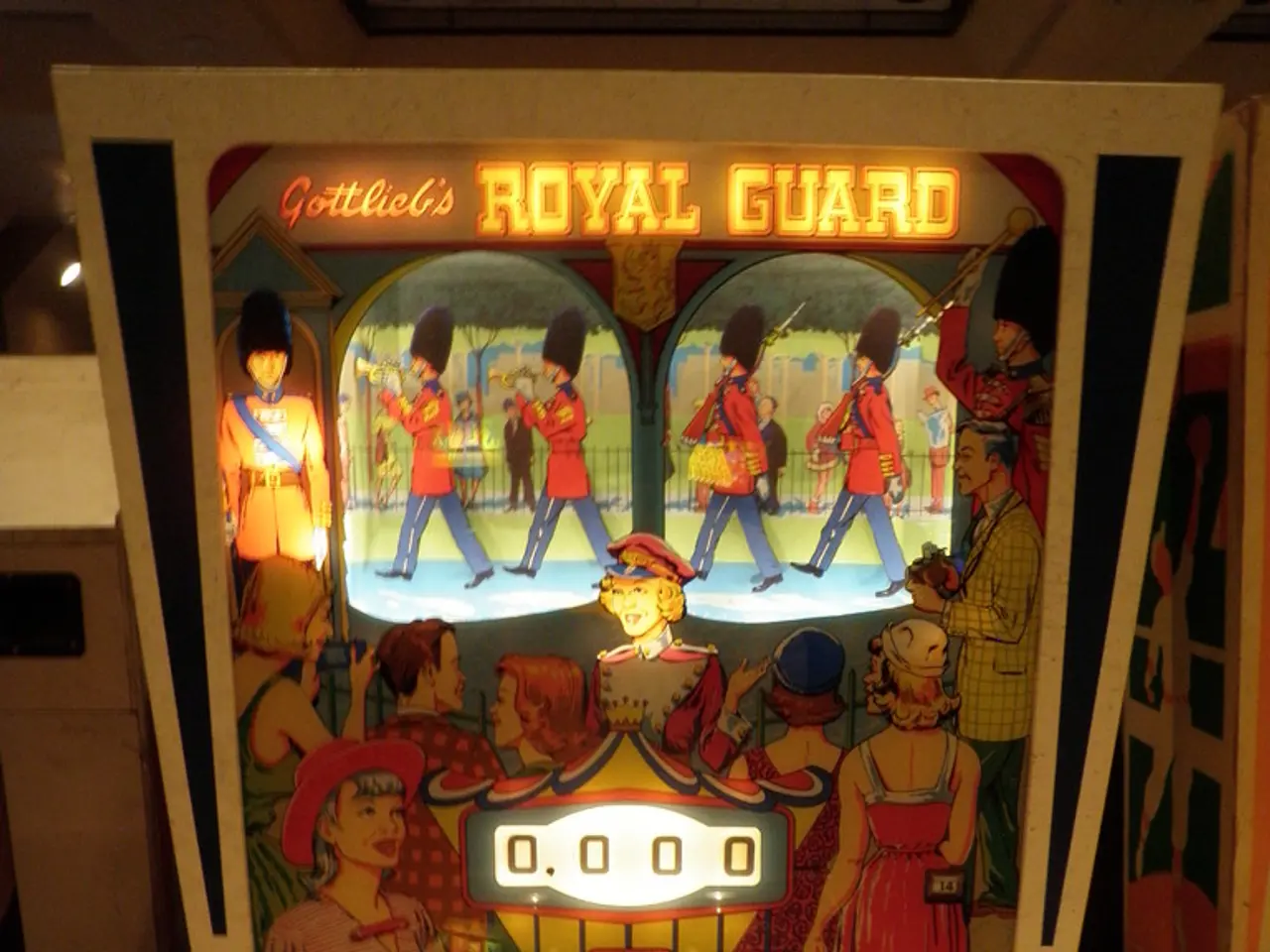Unraveling ReBAR: A Look at the Complexity behind This GPU Functionality
In the ever-evolving world of gaming, a new feature called Resizable BAR (ReBAR) has emerged as a potential performance booster for Nvidia systems. Despite its limited impact being restricted to specific titles, this feature has the potential to significantly improve data transfer efficiency between CPU and GPU, leading to increased frame rates in supported games.
ReBAR works by allowing the CPU to access the entire GPU frame buffer (VRAM) at once, rather than the traditional 256MB window. This reduces bottlenecks in CPU-GPU communication and enables larger data "trips," thereby optimizing resource utilization.
To use ReBAR, it must be enabled in the motherboard BIOS, supported by a reasonably modern processor (such as Intel 10th gen or newer, AMD Zen 3 or newer), and also enabled in the Nvidia GPU driver. However, Nvidia's drivers may disable it by default for many games due to compatibility and stability concerns. Users can manually force-enable ReBAR globally or per-game using third-party tools like Nvidia Profile Inspector.
It's important to note that while ReBAR can improve performance, it is not universally beneficial—some games may see no improvement or even performance drops. This is why Nvidia only officially enables it by default for certain titles tested to benefit from it.
Nvidia has not publicly provided a comprehensive list of officially supported games. However, enthusiast communities often discover additional games benefiting from manual ReBAR enablement, often CPU-bound or VRAM-intensive titles. Popular AAA titles that are CPU-bound or large open-world games often see improvements, with 3DMark synthetic benchmarks showing up to ~10% FPS boosts with ReBAR enabled.
In conclusion, Resizable BAR with Nvidia GPUs enhances performance by expanding CPU access to GPU VRAM, but its activation requires BIOS and driver support, and it is officially supported only on a limited set of games Nvidia has tested. Enthusiasts can manually enable it for other titles to potentially gain free performance improvements, though results vary by game.
As technology advances and developers continue to refine ReBAR's implementation, we can expect to see its benefits become more pronounced and widespread. However, proceeding with caution is advised when forcing ReBAR on unsupported games through the Nvidia Profile Inspector, as it can yield mixed results, potentially causing performance regressions.
[1] [https://www.techpowerup.com/review/nvidia-geforce-rtx-3080-ti-founders-edition/32.html] [3] [https://www.tomshardware.com/reviews/nvidia-geforce-rtx-3080-ti-founders-edition,6550.html] [4] [https://www.gamersnexus.net/hwreviews/3771-nvidia-geforce-rtx-3080-ti-founders-edition-review] [5] [https://www.pcgamer.com/nvidia-geforce-rtx-3080-ti-founders-edition-review/]
- In the realm of gaming technology, developers are likely to take notice of Resizable BAR (ReBAR) as a feature that could potentially boost performance, especially in CPU-bound or VRAM-intensive games.
- The advancement of AI in gaming, coupled with improved graphics, could benefit from the increased data transfer efficiency provided by ReBAR, resulting in smoother gameplay experiences.
- As smartphone technology continues to evolve, the integration of AI and graphics capabilities could make gaming on these devices more immersive, with data-and-cloud-computing solutions providing an added edge.
- The growing market of gadgets, including virtual reality headsets and augmented reality devices, could also leverage the efficiency gains offered by ReBAR to deliver smoother and more responsive experiences for users.




